Blue Snowball vs Snowball Ice: Which is the Better Microphone?
Blue Microphones, AKA Blue, is a company owned by Logitech that specializes in making microphones of different sizes and at different prices. Many of these microphone models give out excellent sound quality and are reasonably priced for the features they offer.
Two such mic models that fit the above description are Snowball and Snowball Ice. As the name suggests, these two models are subsequent versions in the same series. Yet, they come with many differences.
In this article, we will go through the features of both these mics in depth. In addition, we will compare these two models to understand which is better, so you can make the right buying choice.
Table of Contents
Snowball vs Snowball Ice: Pros & Cons and Verdict
Comparing two mic models across different attributes is important to get an understanding of which model scores better in which area. Generally speaking, each of us have our own preferences when it comes to design, features, and performance.
A few of us want to have the best-looking mics, even if they don’t have all the available features, while for others, sound quality will be an important attribute.
This is why we have compared these mic models against different parameters, so you can choose the model that best fits your preferences.
1. Design and Build Quality
Snowball and Snowball Ice look similar in many ways.
Both these mics look like a snowball, especially the white ones, and this is probably why Blue thought of this name. They are round and are mounted on a stand that looks like a small tripod. They have a big logo of “Blue” on the front. In many ways, they have an old-school vintage look that takes you back in time to the 1960s.
When you look at these mics for the first time, they look like they are made of metal. But a closer look will show that they are made of plastic and not metal. The plastic seems to be of good quality though, so you can expect the build to be of decent quality.
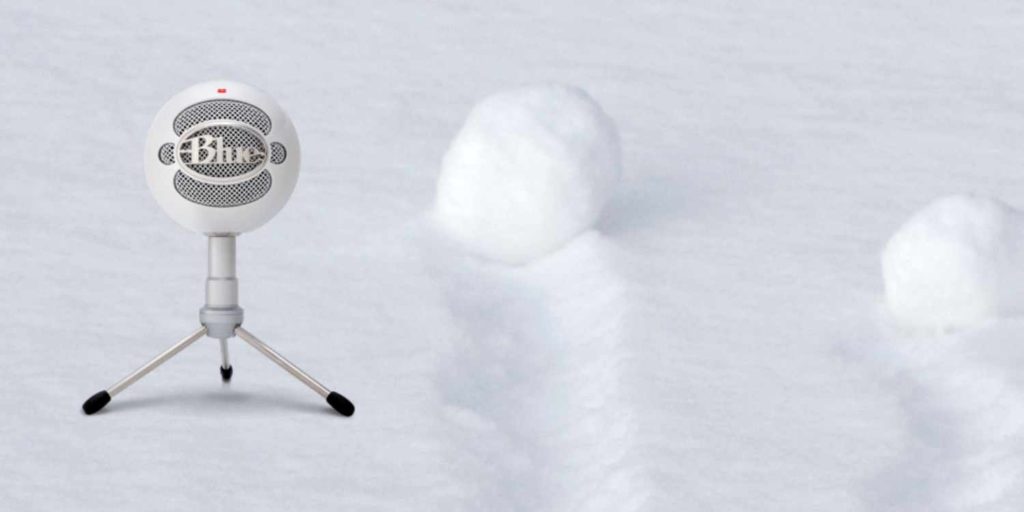
The tripod that these mics sit on is not really the best in the world. They tend to fall over a lot because the center of gravity is always pushed out in most positions.
To avoid your mic from falling over, you have to push the legs of the tripod all the way down, and you should ensure that you never touch it. Even small movements can knock down the mic.
One good aspect though is that tripods have rubber grips at the bottom of each leg to give them a decent measure of stability. So, if you leave the mic as it is, it will be safe and will not fall over. But if something brushes it even by mistake, it will topple over.
The stability of the mic is not good at all. Unless you really pull the legs of the tripod, these mics topple over. And that’s because the center of gravity for this shape is low only when the legs are really pulled down low. Otherwise, it is sure to fall over.
As a user, this is a big disadvantage because you have to either hold the mic in your hand or the other option is to bend down really low while talking into the mic because the legs are low to ensure that the mic does not fall over.
Both these options are not always comfortable and could cause many inconveniences to you, especially if you plan to use them for extended periods of time.
So, from a usability point of view, the design does not have any positive impact on you.
But if you look at the design per se, it is sleek and nice. The overall size is about the size of a softball, which means it is neither too big nor too small. The front of the device has a nice finish to it.
Particularly, the retro grill is a great idea. This grill is similar to what you would find in a sports car. The LED light adds a touch of style to it. When this light glow, you know you’re mic is up and running.
The presence of the logo right at the front of the mic makes it look nice too. The font and the size are perfect.
Another cool aspect is your choice of colors. Snowball comes in six different colors, namely, white, bright orange, brushed aluminum, electric blue, gloss black, and neon green.
Each of these colors looks nice and bright, so you have some choices on what colors to pick for your mic. Snowball Ice, though comes only in two standard colors, namely, black and white.
Overall, we have a mixed opinion when it comes to design. Just from a look’s perspective, these microphones look great with their retro design and even their multitude of colors.
The build is of decent quality, though Blue could have considered using better quality materials to give a more sturdy look to these mics. But from a usability point of view, these mics are far from comfortable. The tripod design, in particular makes these mics unstable.
Since there is no difference at all in the design of both these mics, you can go with either of the two, and nothing will change. But if you like to have a colorful mic on your desk, go for Snowball, as you have more options here when compared to Snowball Ice.
There is also no question of which of these mics is better in terms of design since they are almost identical with little to no difference.
2. Performance
Blue makes up for the lack of good design with excellent performance. The sound quality in both these mics is truly amazing and is one of the best when compared with other mics in the same price range.
Snowball and Snowball Ice sound great across a full range of frequencies. This means you don’t necessarily have to be very close to the microphone unless you speak very softly. An average distance of three to seven inches is enough to get good sound quality.
This means you don’t really have to bend down so much to talk into the mic. Just make sure your input is less than seven inches distance from your mic.
These mics are ideal for many areas, ranging from Skype calls to creating your own podcast. In fact, the sound quality of these two mics is so amazing that they are ideal to use for YouTube videos too.
So, which of the two mics is good in terms of performance. Both. We absolutely love the sound quality and performance, and there is nothing at all to complain about.
You can pick either of these two mics and rest assured that you’ll get excellent sound quality. Since the difference between these two mics in terms of sound quality is not that great, we have two winners here.
3. Features
So far we have seen that there are not too many changes in the design and sound performance of both Snowball and Snowball Ice.
Moving on to features, this is where we’ll see some differences.
First off, if you look at your mic from the front, you’ll know that they are exactly the same. But if you turn back, you’ll see a difference.
The standard Snowball version has an additional switch that is not present in Snowball Ice. This switch is used to change polar patterns.
To tell you briefly, polar patterns describe the sensitivity of a microphone to the sounds coming from different directions. It can also be described as the inherent directionality of a microphone.
Some experts prefer to explain it as an attribute that determines how well a mic hears sounds coming from different directions.
Broadly speaking, there are three kinds of polar patterns – omnidirectional, cardioid and supercardioid. Out of these three, cardioid is the most popular as it is useful for recording that is directly in front of the microphone.
This means, a cardioid is useful for recording podcasts, vocals, instruments, voice-overs and more. Since this is the most popular of the three, Snowball Ice supports only this pattern and this is why you do not see any switch at the back of this microphone.
Snowball, on the other hand, supports three types of polar patterns and this is why you can move the switch across three numbers (1,2 and 3). The first number represent cardioid polar pattern which is the same as that of Snowball Ice.
The second one is cardioid mode with -10dB pad. As the name suggests, this mode has a -10dB attenuation that makes it easy for you to capture loud sounds with higher fidelity.
This essentially means, the mic can capture sounds, but this mode will reduce its sensitivity.
The third mode is omnidirectional. This polar pattern is less used when compared to the other two. This pattern captures sound from all directions at the same rate.
This mode is most ideal for recording live performance, conference calls, Skype and even multi-person podcast.
Since Snowball gives you the option to choose from any of these three modes, it is more versatile and gives a better recording experience when compared to Snowball Ice.
In fact, the choice is easy if you’re a musician. The omnidirectional setting can be used to record room ambiance and maybe even to capture the sounds of all instruments with a little bit of creativity.
This is why Snowball is the best choice if you’re a podcaster who is looking to record your own audio because of this omnidirectional capability.
So, it is good to have this flexibility even if you don’t use it all the time.
This discussion is sure to get you thinking as to why Blue shaved off some features in its subsequent versions. The general trend is to add more features to subsequent versions to make the next version more versatile. But Blue has done the exact opposite.
Why?
It is because Blue realized that not many home studio professionals use the features available in Snowball. So, they decided to reduce the features, so it could bring down the price of Snowball Ice and make it more attractive for users.
Unfortunately, we do not think this approach is right. It is always good to give options to users so they can come up with creative ways to use a feature instead of the company removing it.
This is partly why we think Snowball scores over Snowball Ice, not just in terms of the extra number of features it has, but also because of the versatility that these features bring to a product.
Upgrade Pick: Blue Yeti Microphone
Yeti is the most advanced and versatile multi-pattern USB microphone available Anywhere. Combining three capsules and four different pattern settings, Yeti is the ultimate tool for creating amazing recordings, directly to your computer.
Overall, which of these two mics is the winner when it comes to features. The answer is the standard Snowball model hands down.
It is simple and versatile and the features are a nice addition. It is in fact a little disappointing to see that some of these features have been stripped down in Snowball Ice.
4. Cost
Cost is an important factor while making a purchase and many of us tend to base our decisions on the price more than the value. For example, one product may cost $50 but its features may be worth the cost when compared to another one that is $30.
So, instead of looking at the price alone, it is best to look at the value that the product offers for the money you pay.
That said, Snowball Ice is priced lower while Snowball retails for a bit more. Both these mics are available on Amazon and they tend to be on some deal or the other all the time. So, there is a high chance that you’ll be able to buy these products at a discount if you keep looking on Amazon.
Now the big question is should you buy Snowball or Snowball Ice based on their price? Well, the answer depends on you and your expectations from the mic that you buy.
If you are looking for a basic entry level mic that is ideal for maybe a few recordings here and there, Snowball Ice would suffice. It is definitely a good deal at that price, as the sound quality is top notch.
The build is decent and the design is fairly good too. In fact, it is a good value for your money because it is not often you can find a mic of this quality for such a low price.
On the other hand, if you are looking for some versatility, Snowball is your choice. The polar patterns of this model is definitely a great addition. Whether you’re a podcaster, singer or a musician, Snowball is sure to be a great piece of instrument for you.
Though it is priced more than Snowball Ice, this single additional feature alone is worth the price you pay for it. Besides, you also great sound quality, decent build and good performance. Again, like Snowball Ice, you will not be able to get a better product for such a low price.
In all, both the products are worth your money. it just depends on whether you need the extra features that come in Snowball. If you think they do, go for it because the additional money is worth every cent.
Advantages and Disadvantages
In this section, we will list out the pros and cons of each of these mics to help you get a quick idea on how they score and more importantly, the areas in which they can do better.
Snowball and Snowball Ice Advantages
The advantages and disadvantages you get from using Snowball are plenty, and some of them are:
Snowball Advantages
Great sound quality
Clean sound as the microphone does a great job of eliminating noise
Snowball picks up the bass cleanly in your voice
Works reasonably well even without a pop filter
Three audio settings
The build is good and sturdy; small sized and fits well in any space, works well with EQ
Snowball Ice Advantages
Great sound quality
Retro feel to the design
Three audio settings
Decent built
Lightweight
Noise cancellation
Sound quality is exceptional and top-notch
–
These are the pros of these microphones. Snowball and Ice are both reliable models and can be trusted.
Snowball and Snowball Ice Disadvantages
It’s important to discuss the disadvantages of both, Snowball and Snowball Ice to understand the capabilities of these microphones.
Snowball Disadvantages
The numbers 1,2 and 3 in the polar pattern do not explicitly explain which number equates to which polar pattern
Picks up background noise, especially in the omnidirectional polar pattern
Has little controls, so you cannot have complete control over the recording process
Output levels are low, so you may have to speak up to get high levels of recording
There is no on or off switch, no mute button on this microphone
Snowball Ice Disadvantages
Only one audio setting and this could be a disappointment for some users, as it reduces the versatility of these mics
Better quality of materials could have been used for construction
Can be easily knocked down
Picks up background noise, especially in the omnidirectional polar pattern
Doesn’t sound professional. feels more like a high consumer grade product than a professional one
We hope these pros and cons give you a quick feel of these mics, and help you to explore them in detail.
The Bottom Line
We are the end of this review and it is time to decide which of the two mics from Blue is better.
Well, first off, there are not many differences between the two mics and this is both good and bad. it is good because either one you pick will give you great sound quality and good value for your money.
Bad because Blue has reversed the trend when it comes to versioning. In general, subsequent version should be more advanced than the previous one, but in this case, the previous version seems to have more features.
Though we understand that Blue took this route to cut into competition and to price Snowball Ice at a much lower rate, it is still debatable as to whether this is the right choice.
As far as the differences are concerned, one major aspect is the polar pattern and the versatility that comes with it. Though Snowball Ice’s performance is good, Snowball’s performance is better and gives you more choices for your creativity.
Also, when it comes to price, both are competitive considering the features they offer.
So, which of the two should you buy?
If you think, you’re going to get into some creative stuff or podcast often, then Snowball is your best choice. Though it is $40 more than Snowball Ice, this feature alone is worth the price.
But if you think, you’re going to use your mic for recording some tracks, then Snowball Ice is a great choice. You can’t beat this price for the sound quality it offers.
So, either choice is good, just depends on what features you need.
As far as the overall winner, our choice is Blue Snowball simply because it has more features than Snowball Ice.

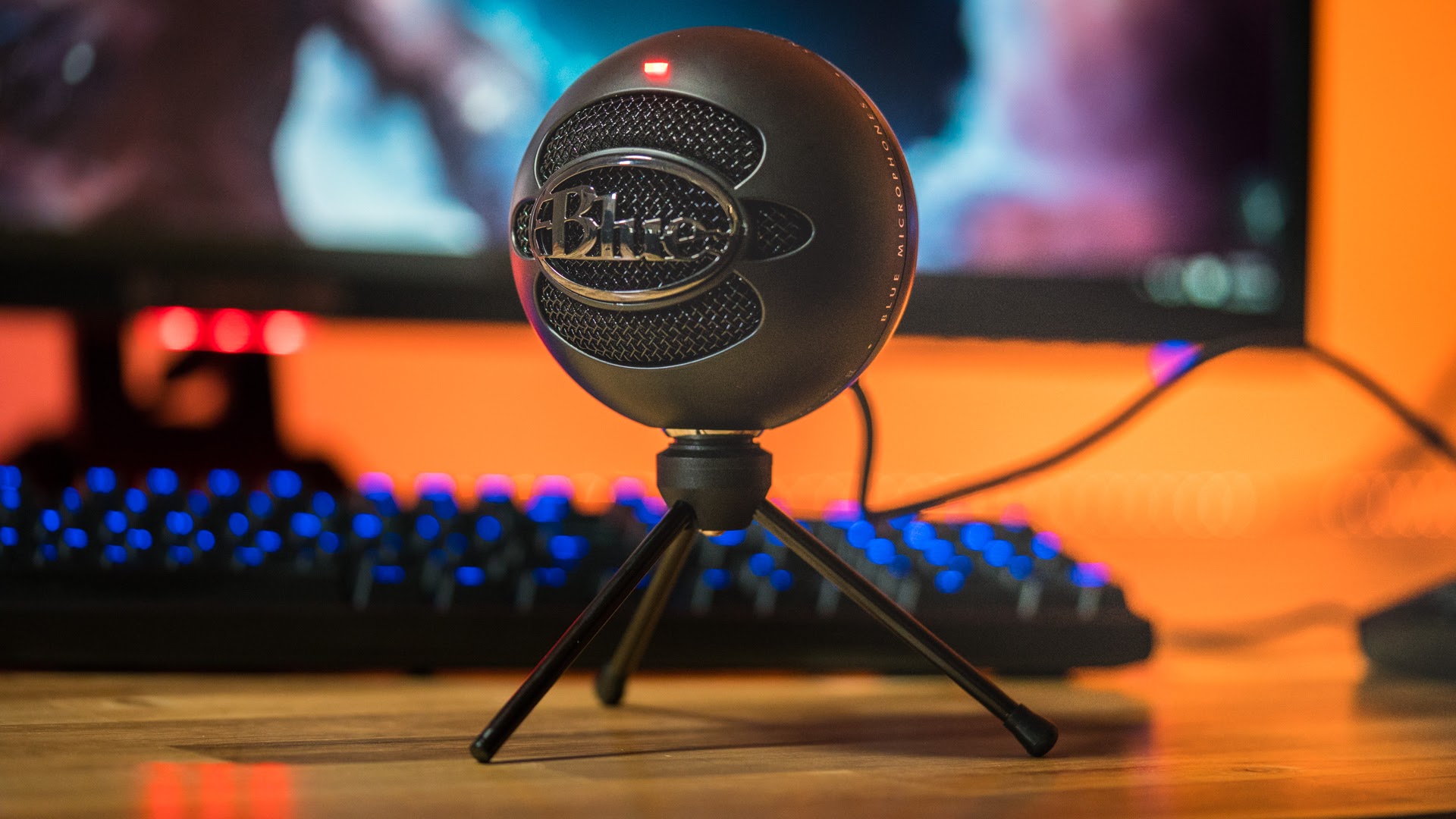
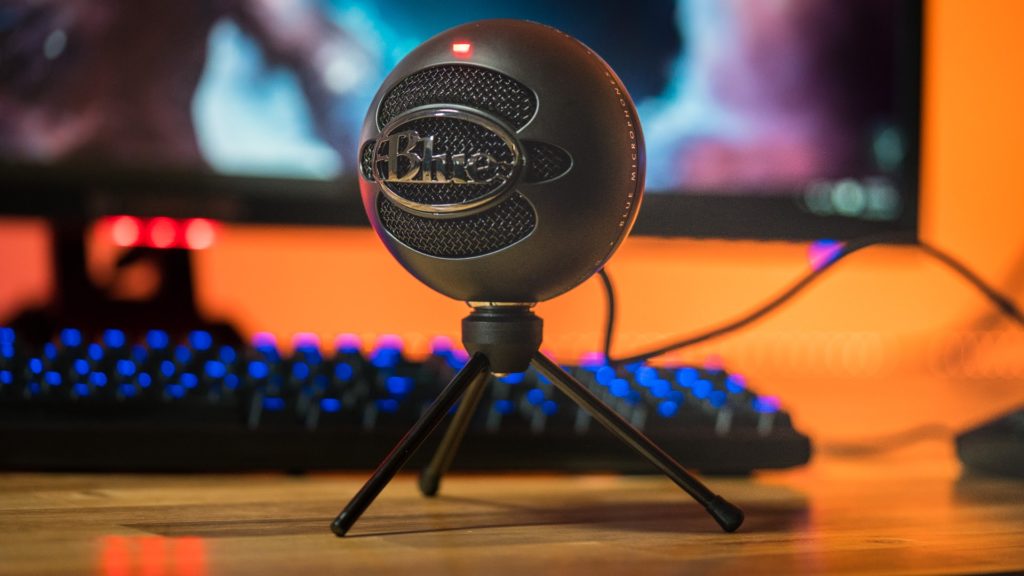


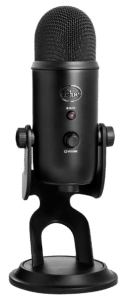
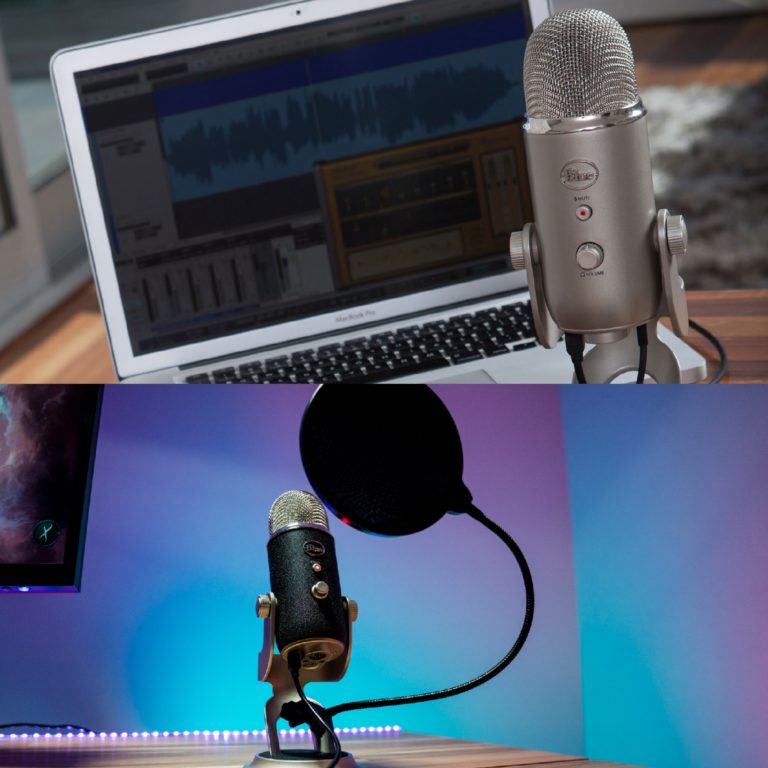
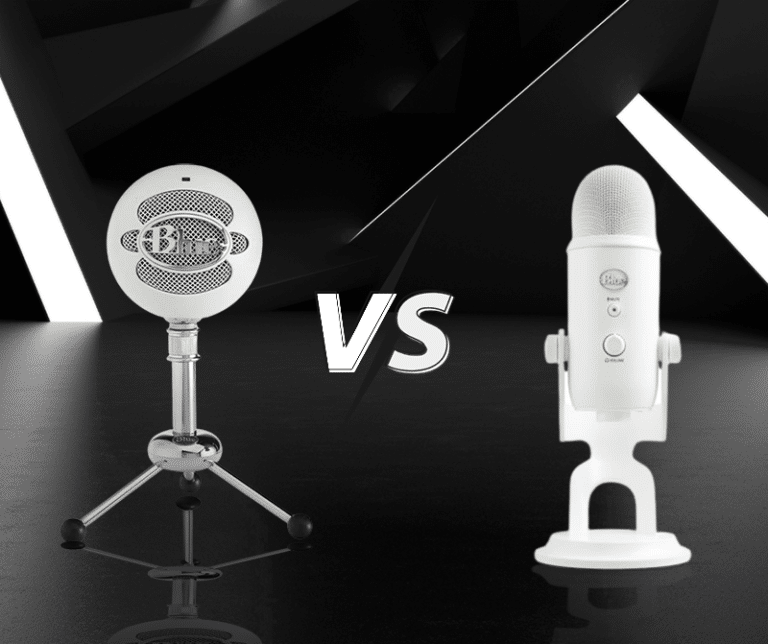
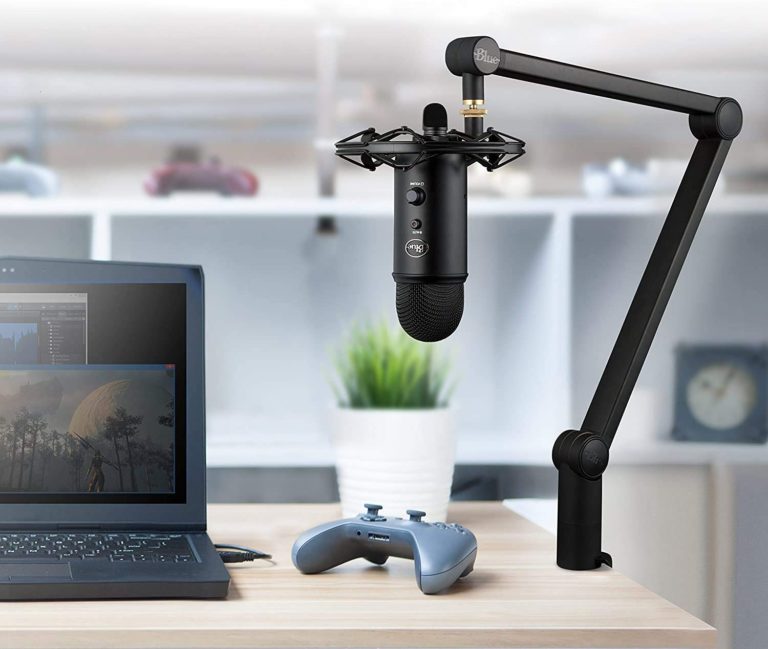
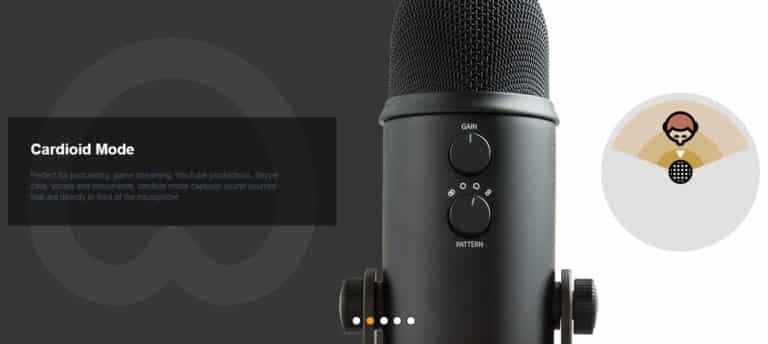
Hi, thank for the comparisons.
I though the Snowball sonded better on all your test.
You didn’t mention how the setting #2 on the snowball differs from the #1 setting.
Thanks for any info on that 🙂
This was very helpful. Thanks!